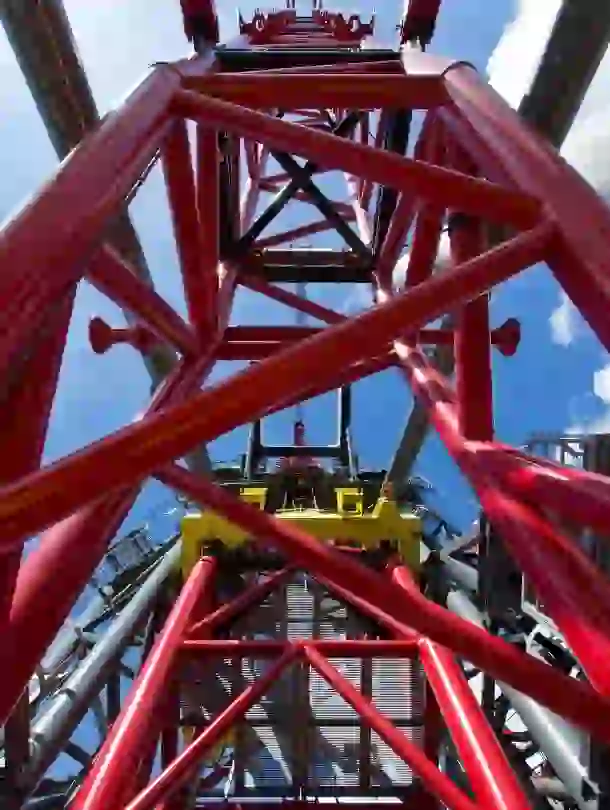
Sector:
Civil Engineering
Expertise:
Heavy transport
Heavy lifting
Skidding
Benefits:
Reduced preparation
Reduced disruption
Parallel operations
Location:
Canada
Mammoet uses a new method of skidding to launch bridge at congested site.
Mammoet, a subcontractor of Demathieu Bard – Aecon, has safely completed the launch of the St. Jacques Bridge in Montreal, Canada. The team used a new method of skidding to overcome site congestion and minimize disruption to traffic.
The ministère des Transports, de la Mobilité durable et de l’Électrification des transports (MTMDET) specified a new method to install the bridge across a two lane highway interchange, reconnecting east and west St. Jacques Street. In order to limit the obstacles to the road network, MTMDET required the deck of the Saint-Jacques Bridge to be built on a bank on the side of the highway and then launched across the highway.
This was in order to minimize traffic disturbances below. Mammoet and Demathieu Bard – Aecon created an innovative approach that adapted their existing method of skidding to fulfill MTMDET’s requirements for the installation method.
Mammoet’s skidding system usually consists of skid shoes placed in a skid track to move a load forward in a straight line. However, for the Montreal project, it was not possible to use a skid track across the gap between the bearing points. So Mammoet engineers reinvented the way a skidding system works. They designed a new system consisting of separate skid shoes that could operate independently of a skid track. The software-controlled shoes worked as separate units programmed in a synchronized, four-step sequence to push the bridge out across the span, without continuously moving forward with the bridge.
The new system was designed using the Novarka skid shoes – the tailor-made 700-ton capacity skid shoes used for the Chernobyl project in Ukraine. Due to the weight of the bridge, Mammoet’s highest-capacity shoes were required for the job. The synchronized, four-step sequence provided the precision and control to safely carry out the operation. And with their ability to side shift, the shoes could correct the path of the bridge if it went off-center.
The bridge was launched in two phases. In the first phase, one-half of the bridge was jacked up and placed on a system of eight skid shoes and temporary supports. The system pushed the structure forward from the east side of St. Jacques Street using four steps. Vertical jacks lifted the bridge clear of the temporary supports and the skid shoes pushed it forward 0.6 meters.
The jacks then lowered the bridge back onto the supports as the skid shoes retracted 0.6 meters to their starting point. Step by step the system repeated the sequence until the bridge was pushed out over a 45-meter distance. At this point, the middle pier between the highways was able to support the structure at two points. The remaining half of the bridge was then constructed on the east side and attached to the first section.
In the second phase, the complete bridge was pushed out a further 66 meters until it completely spanned the highway below. This phase required 14 individual skid shoes operating on the eastern side of St. Jacques Street and an additional four on the middle pier. Mammoet completed the job by jacking the bridge down two meters onto its foundations.
The new skidding method enabled the client to launch the fabricated bridge within the congested site. As a result, the disruption to traffic was minimized to only two weekends and a few nights.




